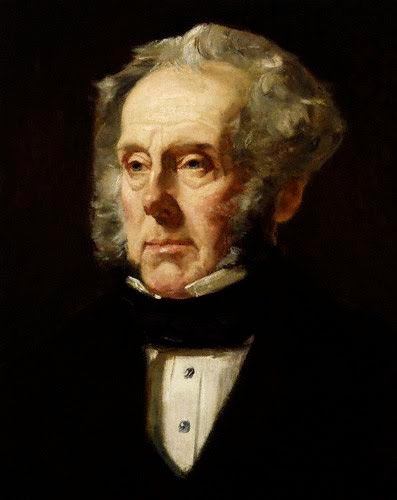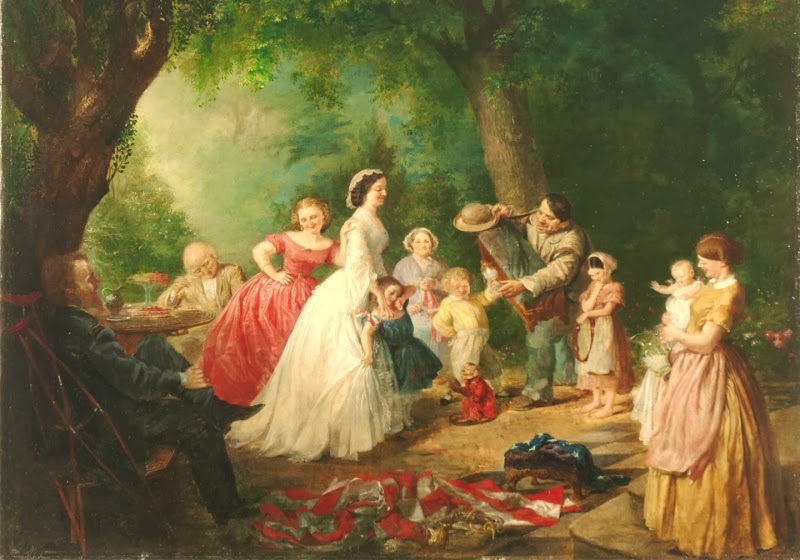Victoria here…I have written earlier on this blog about programs at Chicago’s Newberry Library, and while I am far away at the moment, I want to tell you about an exhibition on display there until late March, if you have the chance to get to Chicago by then.
British Prime Minister Lord Palmerston (1784-1865) was said to be more sympathetic to the cause of the secessionist states, probably for several reasons, especially including the importance of southern cotton to the textile mills of Britain. Yet, the grains that traveled east across the Atlantic from Northern ports were of equal concern. Most of the controversy was played out in diplomacy concerning the shipping, blockades, embargoes, neutral rights, etc. on the high seas. President Lincoln needed to keep Britain on his side, or at the least prevent the British from directly supporting the Southern States
.
Many other exhibits refer to activities in Chicago and elsewhere in the North during the Civil War.
According to the exhibition, ‘More than 70 US Army volunteer regiments fashioned themselves “Zouaves,” borrowing the term and the uniform from French Army regiments serving in North Africa during the mid-nineteenth century. Instantly recognizable in their colorful garb, Zouave regiments sported tasseled fezzes, short, open jackets trimmed with braid and baggy pants, often in brilliant red. Sheet music, periodicals, and parades featuring precision drills contributed to the popularity of the Zouave regiments.
This Zouve-style silk dress worn by Sarah Cadwallader Logan Knowland, 1865-66, particularly interested me for the carefully stitched pleating and fine fabric. I find it interesting that military styles often influence women’s fashions.
Lilly Martin Spencer was born in Exeter, England, to French parents; the family emigrated to the U.S. when she was 8 years old in 1830. Her husband, Benjamin Rush Spencer, married in 1844 in Cincinnati, devoted his life to her artistic career. Lily Spencer’s popular paintings focused on daily life, particularly of women. After the Civil War, she was well known for depicting the results of the war and the changes it brought in the American family. In the scene above, the mother in white — said to be a self-portrait — and her daughters in red and blue assist the poor. The man at the left seems to be a wounded war victim. the painting is seen as m allegory of how women are repairing the war-torn nation.
Another aftermath of the war is simply and effectively shown below.





